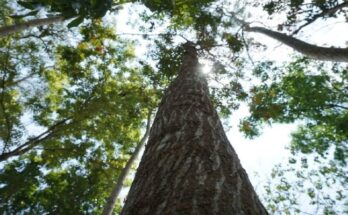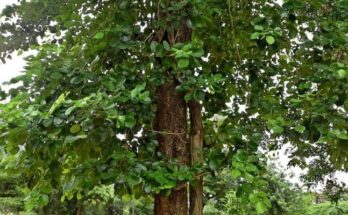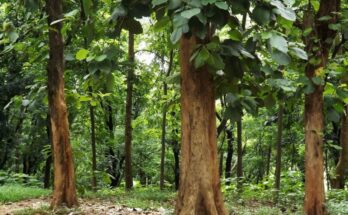|
Getting your Trinity Audio player ready...
|
About Catalpa Tree
Catalpa makes a statement in the landscape. Large leaves, lots of aromatic bell-shaped flowers, and a tall habit make catalpa an excellent choice for tropical gardens, pollinator plantations, and natural-looking landscapes. Look for strains that were bred for their colorful foliage and compact growth.
Its botanical name is Catalpa, Cigartree. Its blooming time is at the end of spring. Catalpas trees are 40 to 70 feet tall with arched crowns and an average lifespan of 60 years. The leaves of the tree are arrow-shaped and glossy, bright green. In autumn, they turn bright yellow-green before falling off again in cold temperatures and cold winds. Its flowers appear in spring. The fruit is long, bean-shaped, 8 to 20 inches long.
Catalpa Tree Scientific Classification
Here we have mentioned catalpa tree scientific classification read carefully:
| Classification Type | Classification Status |
| Kingdom | Plantae |
| Family | Bignoniaceae |
| Tribe | Catalpeae |
| Genus | Catalpa |
| Order | Lamiales |
Information About Catalpa Tree Seeds
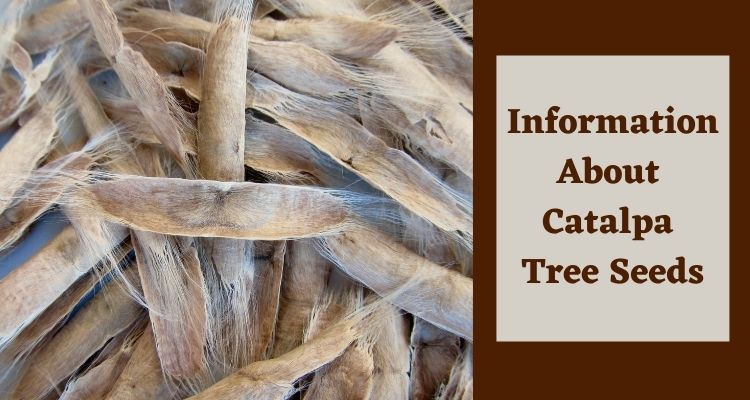
It’s easy to grow catalpas from seeds. Winged seeds are available in the fall, where you can collect them from the open pods. Then, after the seeds have been dried in a cool and dry place in winter, they can be planted in spring.
Before catalpa seeds are planted in the ground, they must be exposed to the cold. Therefore, put the seeds in the refrigerator for about a week before planting them.
In the spring, plant 3 or 4 catalpa seeds in potting soil and cover them with an inch of soil. Put the small pots in a shady spot and keep the soil moist but never muddy.
After four to six weeks, catalpa seedlings should be 5 to 7.5 inches tall with some leaves. Transplant each catalpa plant into a larger 3-inch pot of fresh, loose potting soil. Put the potted seedlings in a sheltered outdoor spot and grow them in pots for the first winter.
Young catalpa plants can be planted in the ground the following spring or summer.
Information About Catalpa Tree Leaves
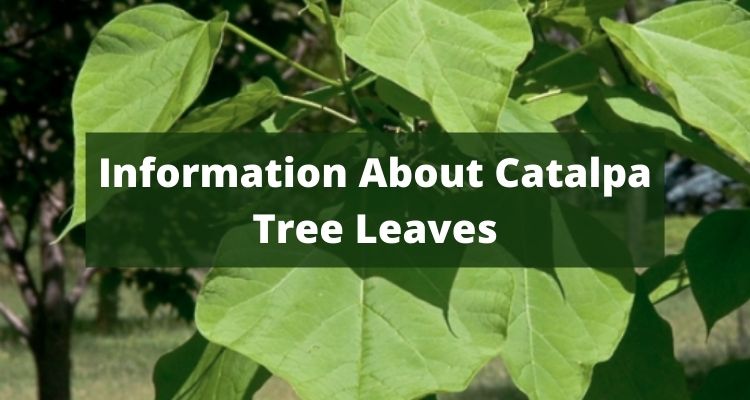
Catalpa trees are known for their broad, triangular, or heart-shaped leaves. Every leaf has a rounded base at the end of the stem and a short, pointed end. The edges of the catalpa leaves are smooth, with no serrations.
The upper side of this leaf is dark green, and the underside is light green. The autumn color of the northern catalpas is usually yellow or brown. However, the leaves of the northern and southern species often fall from trees while they are still green.
The large catalpa leaves and elongated canopy make these shade trees ideal for home gardens. Last but not least, grow a catalpa tree in a sunny location where it gets around 6 hours of sunlight. I hope you have learned a lot about the catalpa tree from this, and you find this very helpful and knowledgeable.
Must Read: Information About Mulberry Tree, and Their Leaves & Types
Information About Catalpa Tree Worms
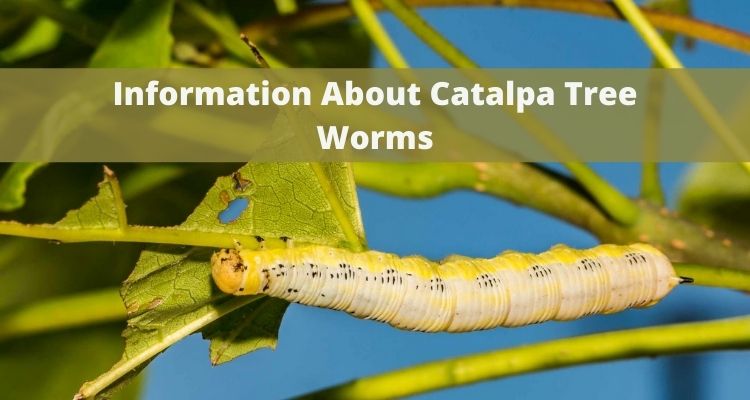
They are the larvae of the catalpa sphinx moth. Moths are attracted to trees, pollinate flowers and lay their eggs under leaves. The two developed together. The pollinated flowers help the tree sow the seeds to multiply the species, while the caterpillars pull poisonous alkaloids from the leaves that make them uncomfortable for birds. After eating their foliage, they fall to the ground, pupate, and eventually reappear as moths. As a result, the trees always sprout new leaves with up to two to three defoliations per season.
Here are Two Types of Catalpa Trees
Here we have mentioned two types of catalpa trees like Northern and Southern catalpa trees check below details about them:
1. Information About Northern Catalpa Tree

About Northern Catalpa: The northern catalpa is a deciduous shade tree with heart-shaped leaves and showy white flower clusters. This species is known for its narrow and its spreading branches. Northern catalpas trees are the largest of the species, reaching heights of 15 to 70 feet.
Northern Catalpas trees grow in USDA Zones 4 through 8. In gardens, ornamental trees thrive in well-drained, moist clay soils.
Northern catalpa trees are ideal trees for large yards. The spreading branches form a crown of dense foliage 6 to 15 m wide.
The bark of the northern catalpas is smooth and gray, turns dark gray-brown, and cracks as the tree matures.
The leaves of the northern catalpas are oval with a broad, rounded base and pointed ends. These tree leaves are light green in spring and summer and turn pale yellow in autumn. The leaves are up to 30 cm long and 20 cm long at the widest point.
The pods of the northern catalpa trees are the longest of the catalpa genus. The pea-shaped capsules with seeds are 20 to 50 cm long. Immature pods color is green and gradually turns dark brown in autumn. In winter, the fallen brown pods look like hanging icicles.
Must Read: Information about Almond Tree with Their Blossoms, Flowering, and How to Grow Almond Tree
2. Information About Southern Catalpa Tree

About Southern Catalpa: The southern catalpa tree has rounded, light green heart-shaped leaves, trumpet-shaped flowers, and pea-like pods. This species of catalpa is smaller than the northern one. It is between 9 and 18 m tall, and its dense shade roof is 6 to 12 m wide.
Southern catalpas thrive in USDA zones 5 through 9 and, like all deciduous trees, shed their leaves in the fall. Southern catalpas grow in full sun to partial shade and well-drained soil.
In the southern states, Catalpa bignonioides is known for Catawba worms. These voracious caterpillars can immediately strip a catalpa of its leaves, and fishermen consider “worms” the best bait for fishing. Some even grow catalpa trees to harvest Catawba worms.
The southern catalpa can be recognized by its brown to gray bark. As the smooth bark grows on immature trees, it gradually becomes rough.
Southern catalpa leaves are triangular with a broadly rounded base and a sharp, pointed tip. A characteristic of its leaves is that they give off an unpleasant odor when rubbed. Another unique feature of the is that they produce nectar through small glands. Southern catalpa leaves are 10-20cm long and 15-20cm wide.
Must Read: Information About Jacaranda Tree & Their Scientific Classification, Types, and Care

